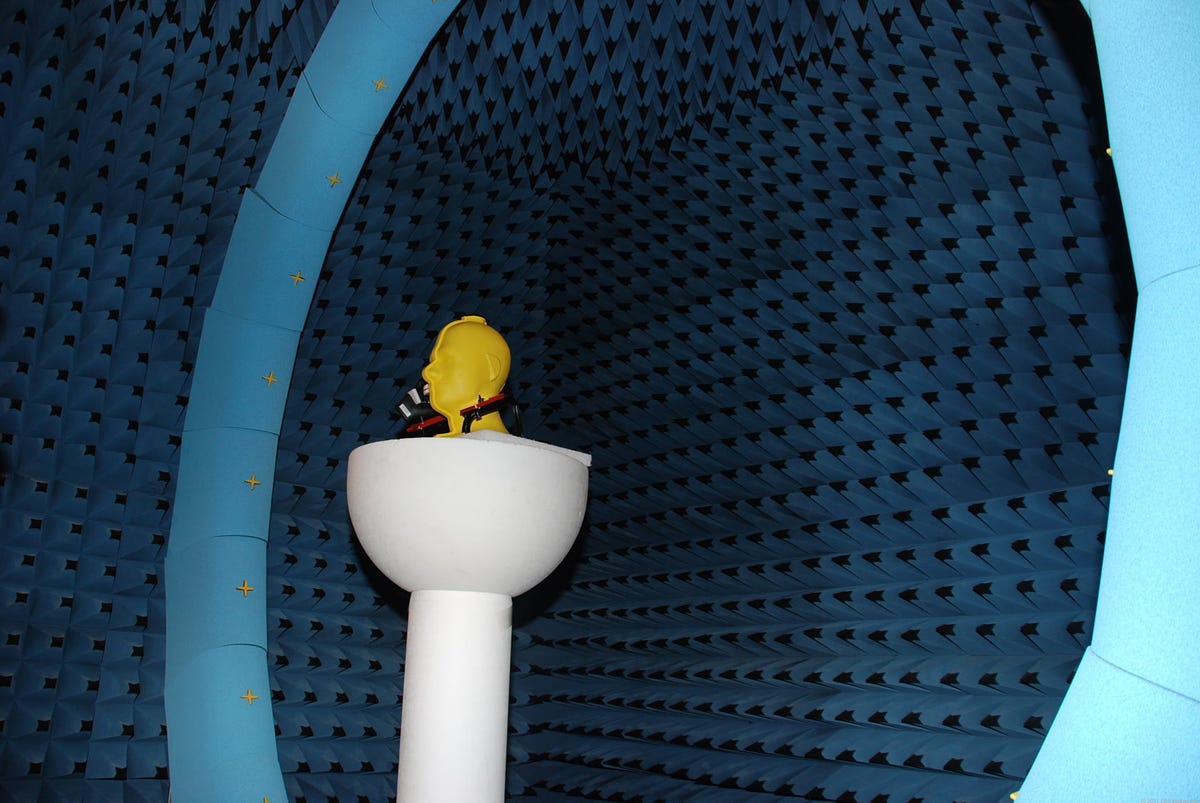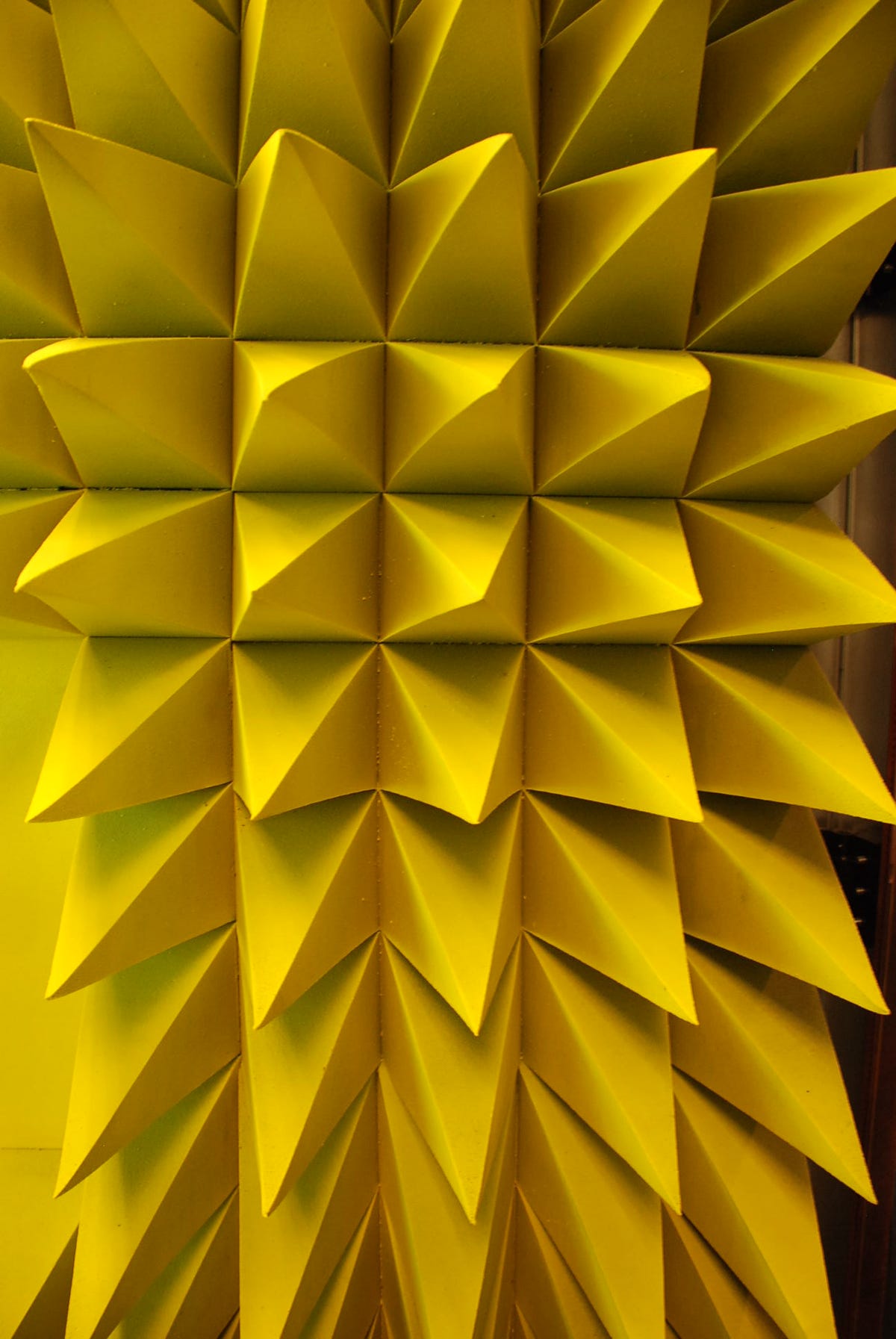
The Sprint head
OVERLAND PARK, Kan.--Earlier this week, I joined a small group of tech reporters to tour Sprint's headquarters and its network and device testing labs outside Kansas City, Mo. The tour offered a fascinating look into not only the "mother ship" of one of the country's third largest wireless carriers, but also how it develops its wireless infrastructure and evaluates new handsets for network compatibility. In fact, over the course of the two-day visit, I learned more about how a carrier really does business than I have in my seven years at CNET.
Our first stop was Sprint's Technology Integration Center in nearby Lenexa, Kan. Inside an unremarkable building straight out "Office Space" is a 15,000-square-foot facility that holds a vast array of sophisticated equipment. Here, technicians evaluate new phones to confirm that they operate properly on Sprint's network and don't interfere with the carrier's other handsets and devices. Existing devices would also be brought in if their designs are revamped or they receive a major software upgrade (like a new Android OS).
Of course, the biggest attraction is this RF (radiofrequency) chamber. Lined on all sides with foam spikes, the anechoic (an-echoic or non-echoing) room blocks all external noise, wireless signals, and radio waves from entering and disrupting the tests. On the central pillar is one of several "heads" that serve as the first test subjects for a phone. After a handset is secured to the left side of the head, a signal is pumped into the room to test its network performance while technicians monitor the results from outside. Each phone is tested under different scenarios and the signal strength is adjusted several times. So in other words, it's just how you might interact with the network throughout a typical day.
Talk to me
Antenna points
A perfect cube
The full view

They were all yellow
Open up
Control room
Hand hold
GPS
And streaming video
Mobile Technology Lab
A double door
Mr. Moose
Voice quality
Turn up the dial
Network Vision
A better base station
Multimedia and battery
Nearby is a station for testing how phones play multimedia software at various codecs and resolutions.
A few feet away, more technicians evaluate handset battery life by running multiple tests for both single use scenarios (Wi-Fi, streaming video, single calls, etc.) and multi-use scenarios (such as simulating an hour spent in an airport where a user might make a call, use the browser, play music, and use an app). What's more, signal strength is varied to affect power drain, the network is switched between 3G and 4G, and a simulation is run to evaluate how a device performs when it's off the network. Unfortunately, we weren't allowed to take photos of the battery-testing area.

